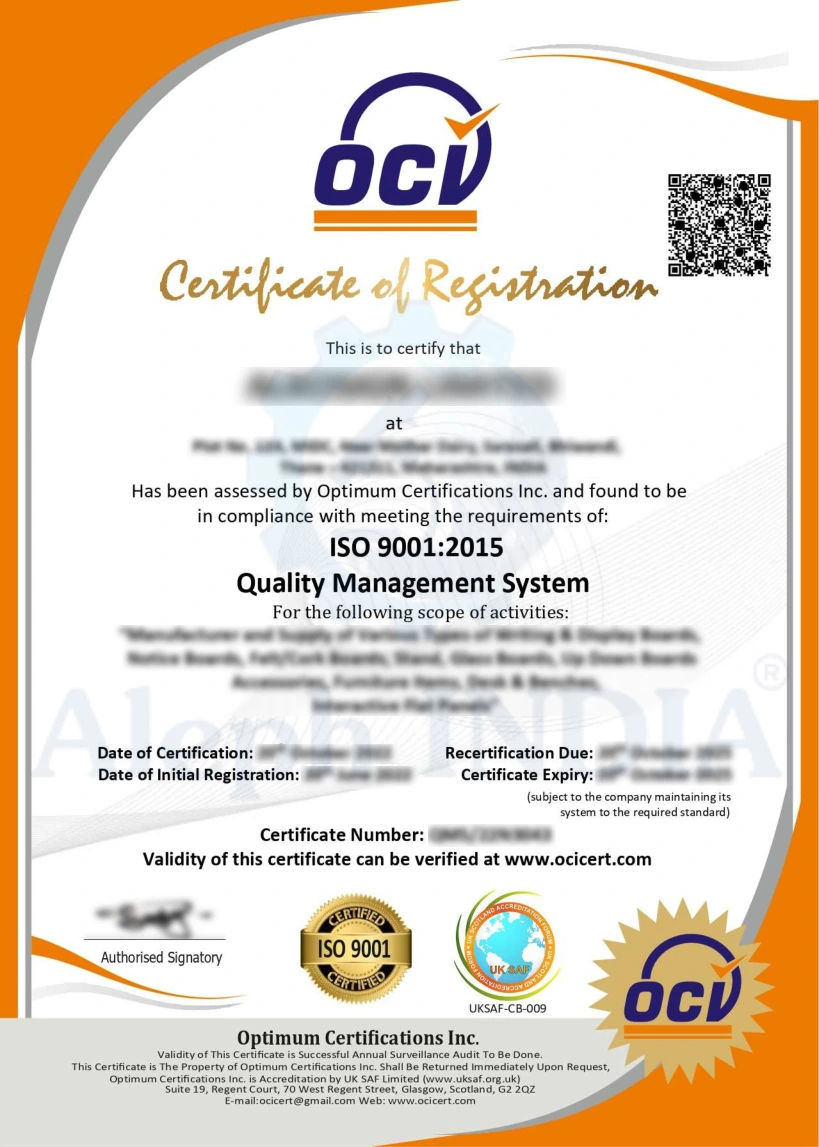Introduction
ISO Registration refers to the International Organization for Standardization, commonly known as ISO. The word "ISO" is derived from the Greek word isos, meaning "equal." The origins of ISO trace back to the 1920s in Geneva, Switzerland, where it began as the International Federation of the National Standardizing Associations (ISA). During World War II, in 1942, the organization was suspended. However, in October 1946, representatives from the ISA and the United Nations Standards Coordinating Committee (UNSCC) met in London and agreed to merge their efforts to create a new organization. By February 1947, the International Organization for Standardization officially became operational.
The name "ISO" was intentionally chosen to remain consistent across all languages, avoiding variations of the organization's full name. Today, ISO has grown into a global federation with representatives from over 150 countries and has published more than 16,500 international standards. Member delegates regularly convene to develop, review, and refine standards across a wide range of industries, ensuring continuous improvement and global alignment in quality and safety practices.
Training
Our Training Division supports our core services, which specialize in the implementation, certification, and continual auditing of ISO and BS-EN Management Standards. We understand how critical high-quality training is to an organization and have seen the tangible benefits it provides in terms of morale, profits, customer satisfaction, and employee retention.
As an independent organization, we aim to simplify the challenge of delivering consistent service excellence. For companies that truly value their employees, investing in competence-building yields a strong return — from improved internal culture to increased market credibility and attraction of skilled talent.
Our training programs are designed as intensive, fully interactive sessions that emphasize practical application. We also offer on-site training tailored to your staff, covering a wide range of ISO and BS OHSAS standards. Bespoke training solutions are also available to meet the specific needs of your business and industry.
Choosing a Certification Body
When selecting a certification body, consider the following:
- Evaluate multiple certification bodies to compare offerings and credibility.
- Verify whether the body applies the relevant CASCO standard for certification.
- Check if it is accredited — while accreditation isn’t mandatory, it does offer an independent assurance of competence.
- You can find accredited certification bodies through your national accreditation body or by visiting the International Accreditation Forum (IAF).
